
Changing the Nature of Optics in One Step
Researchers invent a new single-step approach to constructing electromagnetic metamaterials uses tiny self-assembled pillars in composite films.

Researchers invent a new single-step approach to constructing electromagnetic metamaterials uses tiny self-assembled pillars in composite films.
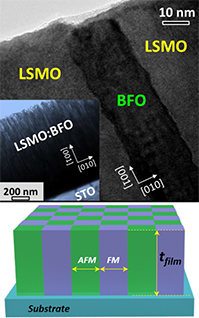
Unique magnetic coupling found in vertically aligned nanocomposite films shrink devices and let them withstand higher temperatures.

Nanoscale metallic cavities coupled to semiconductor materials can dramatically change the characteristics of light from a laser.

Predicting nanosystems with unanticipated properties can advance next-generation solar panels and electronics.
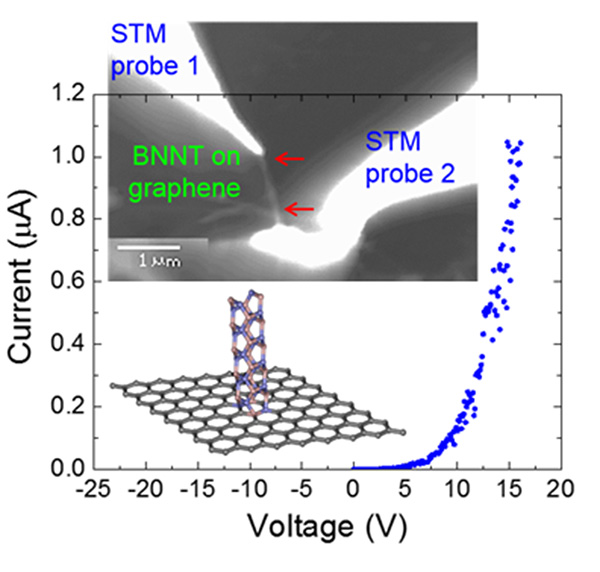
Junctions between conductive graphene and insulating nanotubes could lead to faster electronics and computers.

Demonstration of room temperature, single photon emission in doped carbon nanotubes opens a new path toward quantum information technologies.
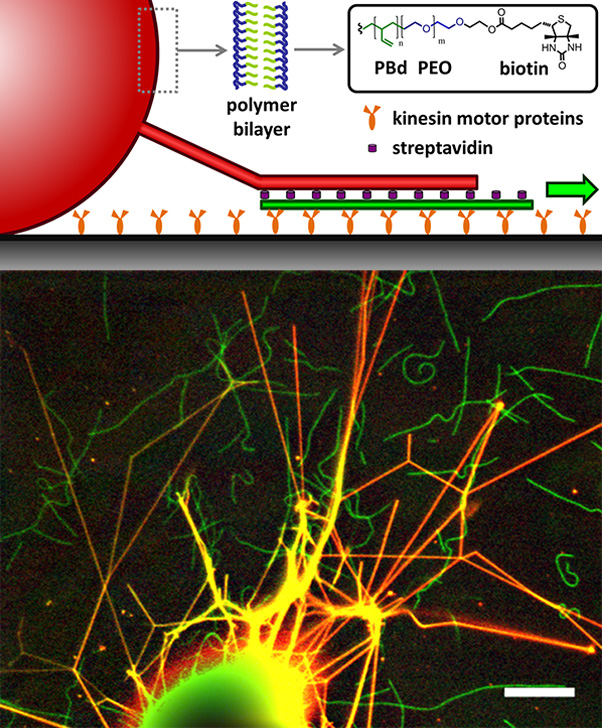
Bio-based molecular machines mechanically extrude tiny tubes and form networks, aiding in the design of self-repairing materials.
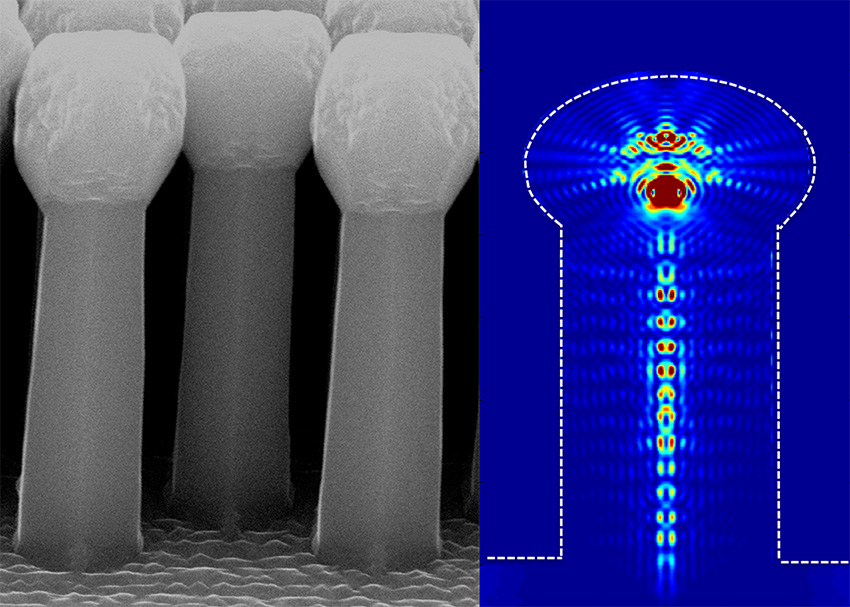
Tiny “match-head” wires act as built-in light concentrators, enhancing solar cell efficiency.
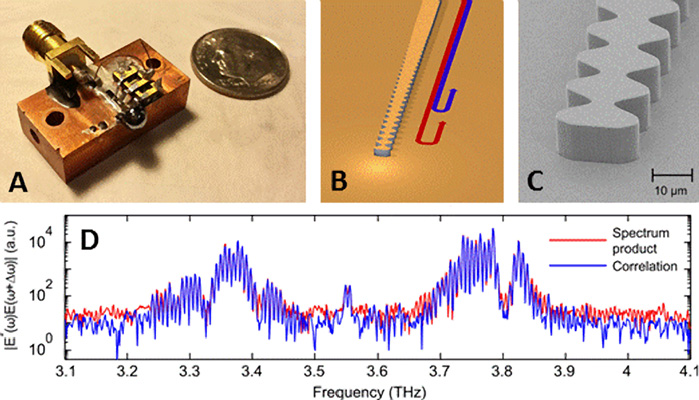
A new, dime-sized light source will lead to novel spectrometers for the next generation of scientific discoveries.

Tiny semiconducting crystals show promise for solar cell architectures and light-emitting devices.
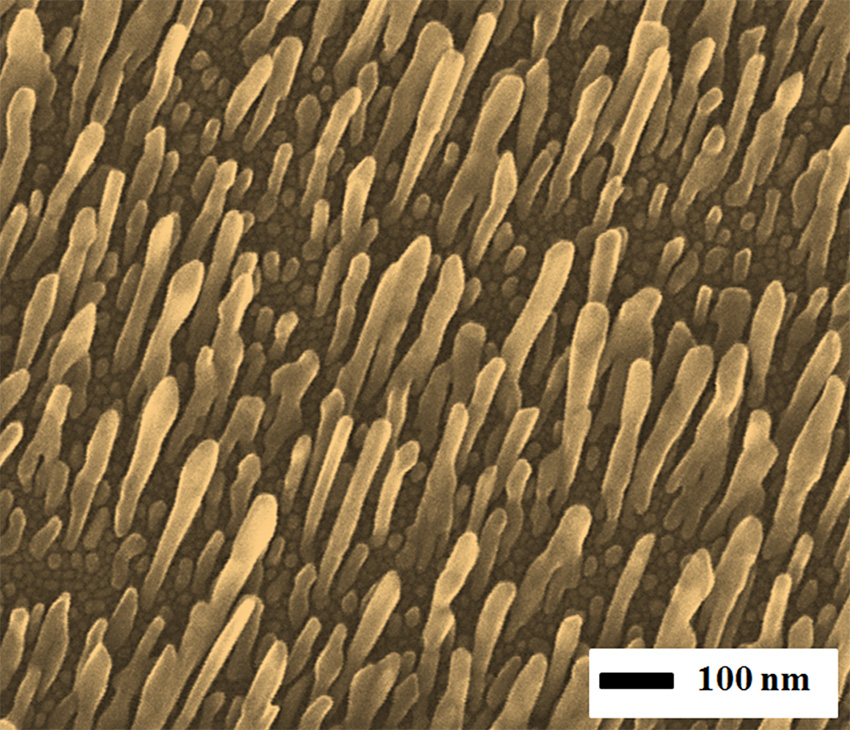
New Theory has Guided Experiments for Making the Smallest Possible Metal Rods Useful as Air-tight Sealants.